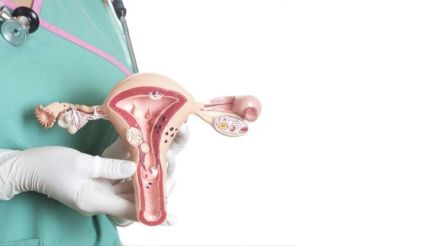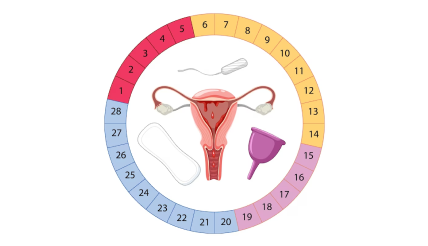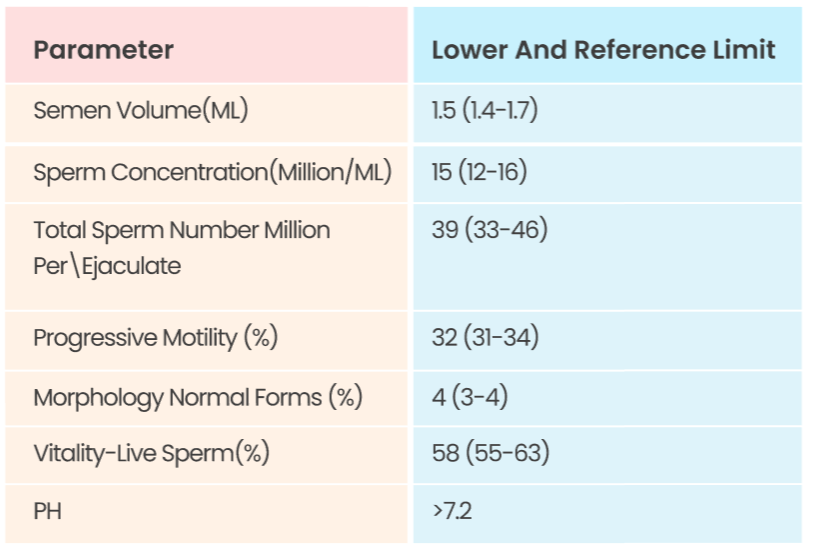You may also like…
Healthy Sperm
healthy sperm! We all know that when it comes to making those little bundles of joy, it takes more than just a healthy uterus or some fancy eggs. That's right, fellas, sperm quantity and quality are vital players in the game of successful pregnancy. So, let's bust some myths and dive into the world of super sperm!
Myth number one: "It's all the female partner's fault!"
Nope, not true at all. Creating a mini version of you requires a team effort, and sperm count, morphology (shape), and motility (movement) are crucial factors. If the swimmers aren't up to par, even if everything else is picture-perfect, pregnancy may remain elusive.
Myth number two: "Age doesn't affect male fertility!"
Sorry, guys, but that's a big fib. As you gracefully age like a fine wine, your fertility can take a hit. By the time you hit 45, those swimmers might not be as strong as they once were. In fact, sperm quality can start declining as early as 35. Time to keep those little fellas in top shape!
Now, here's the good news: "Sperm quality can be improved!" Yes, it's true! Years of scientific research have shown that you have the power to enhance your sperm's performance and boost your chances of conception.
Lifestyle factors like exposure to toxins and vitamin deficiencies can be major culprits in 80% of male infertility cases. But fear not, my brave lads, because simple changes can make a big difference.
A daily antioxidant or multivitamin supplement, along with a CoQ10 boost, can work wonders. And don't forget to load up on colorful fruits and veggies to give your swimmers an extra kick!
Now, let's talk tactics on how to keep your sperms in best shape:
Stay away from toxic troublemakers:
Avoid things like phthalates, BPA, lead, and those pesky chemicals in commercial lubricants. Your swimmers deserve a clean and healthy environment!
Phone out of the pocket, bro:
Keep that trusty cell phone away from the family jewels as much as possible. Give those little guys some breathing room!
Keep it cool down there:
Sitting all day, taking scorching hot baths or showers, and sporting tight undies can put a damper on sperm quality. So, loosen up, stay cool, and give your sperms some space to breathe!
Now, if you suspect your swimmers need a bit of an extra boost, it's time to call in the fertility specialists. They're like the MVPs of baby-making knowledge. They'll guide you through the investigations needed to figure out what's going on with your swimmers and suggest the best course of action. Don't worry, there are solutions for many sperm-related issues, from supplements to minor surgeries. They've got your back!
Deep within the testes, there are around 900 seminiferous tubules. Picture them as long, coiled structures where the incredible journey of sperm creation begins. It's like a bustling factory of baby builders!
As these tiny sperms take shape, they need some extra fine-tuning. So, off they go to the epididymis, another cool coiled tube. This place is like a sperm training camp, where they mature into strong and mighty swimmers.
When sexual arousal hits the scene, the sperm are propelled forward, into the vas deferens. This muscular tube acts as their trusty transportation system, guiding them closer to their grand destination: the urethra.
But wait, there's more to this journey! Along the way, the prostate gland jumps into action. It's a small, walnut-shaped gland located just below the bladder, and it secretes a special fluid. This fluid is like a secret recipe of enzymes, proteins, and nutrients that adds that extra oomph to the developing sperm. It's like a gourmet meal for our little swimmers, helping them grow and thrive.
But we're not done yet! As the sperm approach their final exit, they pass through glands surrounding the urethra. These glands produce and add mucous to the ejaculate/semen.
And there you have it, our epic journey through the male reproductive system. From the bustling testes to the sperm training camp in the epididymis, through the thrilling vas deferens roller coaster, with a pit stop at the prostrate gland's secret fluid factory, and a final touch of mucous glam before the big finale in the urethra. It's a whirlwind of adventure and teamwork!
Hey there, fellow fertility explorers! Today, we're diving into the fascinating world of semen fluid analysis (SFA). Don't worry, it's not as intimidating as it sounds. First things first, specialists recommend a bit of self-control. Yep, you'll need to hold off on any action down there for 2-4 days before giving your sample. Consider it a supercharged build-up.
The above table shows the lowest limits according to the WHO criteria. These aren't average numbers, but rather the lower limits (the 5th centile). If your first Semen Fluid Analysis report falls within these limits, it's still good to repeat the test after 3 months. This gives your sperms a proper time to go through their transformation process called “spermatogenesis.” Sometimes, an abnormal result can be a one-off due to a viral invasion. Swimmers need their fair chance to shine!
But wait, there's more! Some clinics go the extra mile and investigate the total motile count. It's like counting how many of your swimmers are active and ready for action. This helps determine the quantity of viable sperm available for potential baby-making. And keep an eye out for those sneaky round cells or leukocytes. If they show up in the sample, it's like a red flag signaling inflammation or the presence of sperm antibodies.
Now, for all the guys with a very low sperm count (azoospermia), it's time for a hormone profile party! We're talking FSH, LH, and testosterone. These are just fancy names for hormones related to the reproductive cycle. The values we get from this sample can be important for your overall male health. In rare cases, testicular failure can be associated with low testosterone levels, but fear not, it's super rare!
But wait, we're not done yet! Genetic testing is also on the menu. Some fertility specialists recommend a karyotype and a cystic fibrosis screen. It's like exploring the secrets hidden within your genes. However, rest assured that it's incredibly rare for genetic factors to be the cause of low sperm count.
AH, Spermatogenesis. The process through which sperms are created. Let's break it down in a simple and easy-to-understand way for all the couples out there who are on a baby-making mission.
Picture this: Inside a man's testicles, there are special cells called spermatogonia. These little guys are like the starting point for making sperm. As time goes on, these spermatogonia undergo a series of incredible transformations and divisions. Gradually, they become more specialized and turn into mature sperm cells, ready to embark on their quest to find an egg and create new life.
During this process of spermatogenesis, the cells go through different stages. It's like they're leveling up and gaining new powers at each step. They become more streamlined and acquire the ability to swim. When the time is right, during ejaculation, the sperm are released from the body. They swim with all their might, racing toward the waiting egg, hoping to be the lucky one to fertilize it and kickstart a beautiful pregnancy. So, in a nutshell, spermatogenesis is the amazing process of transforming special cells called spermatogonia into mature sperm cells, ready to embark on their incredible journey to meet an egg.
Now you know the magic behind sperm production. So, keep the faith, keep trying, and let nature work its wonders as you embark on your own extraordinary journey to conceive. Good luck on your baby-making adventure!








